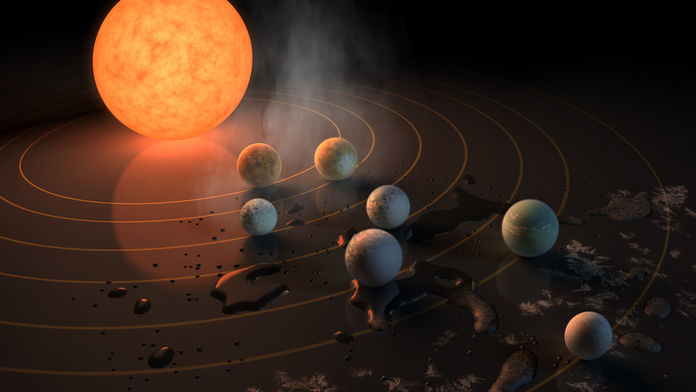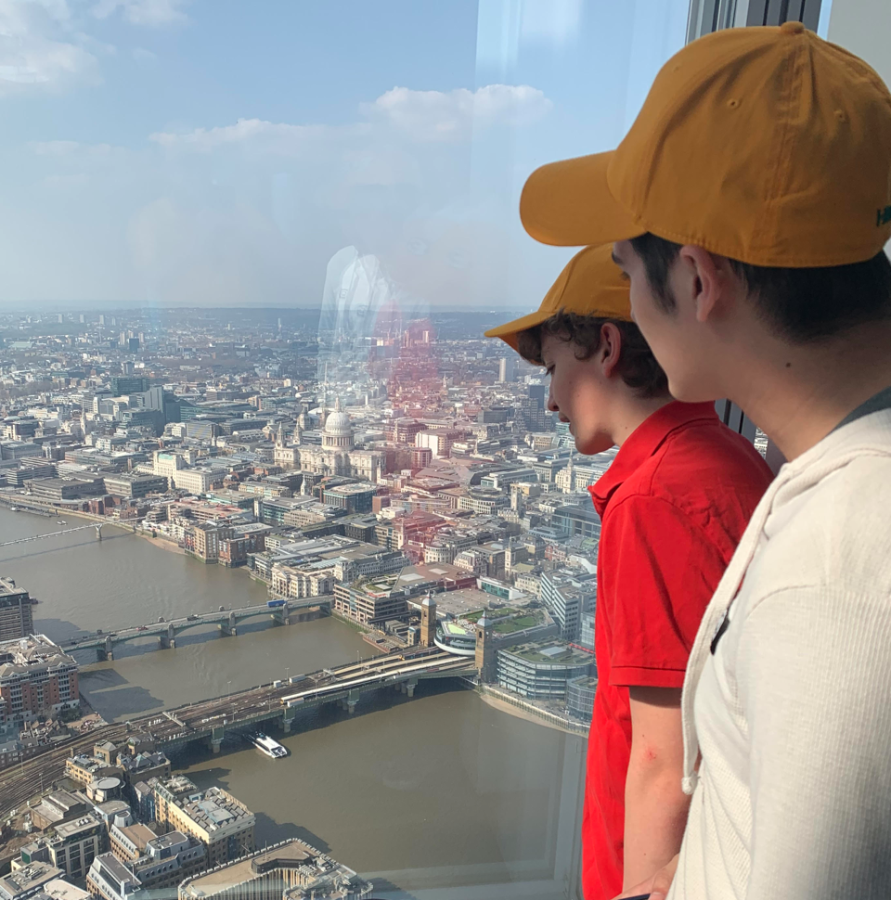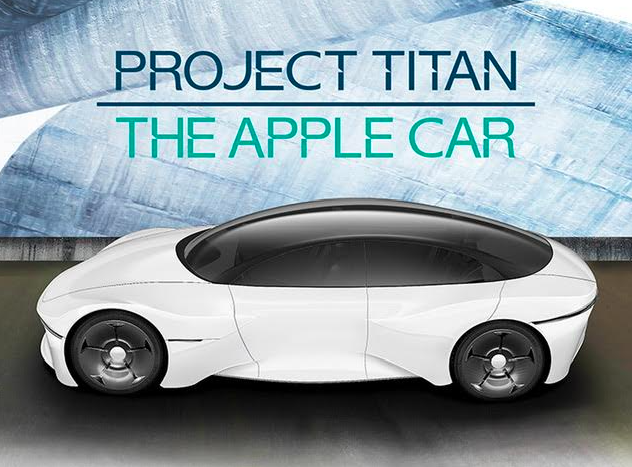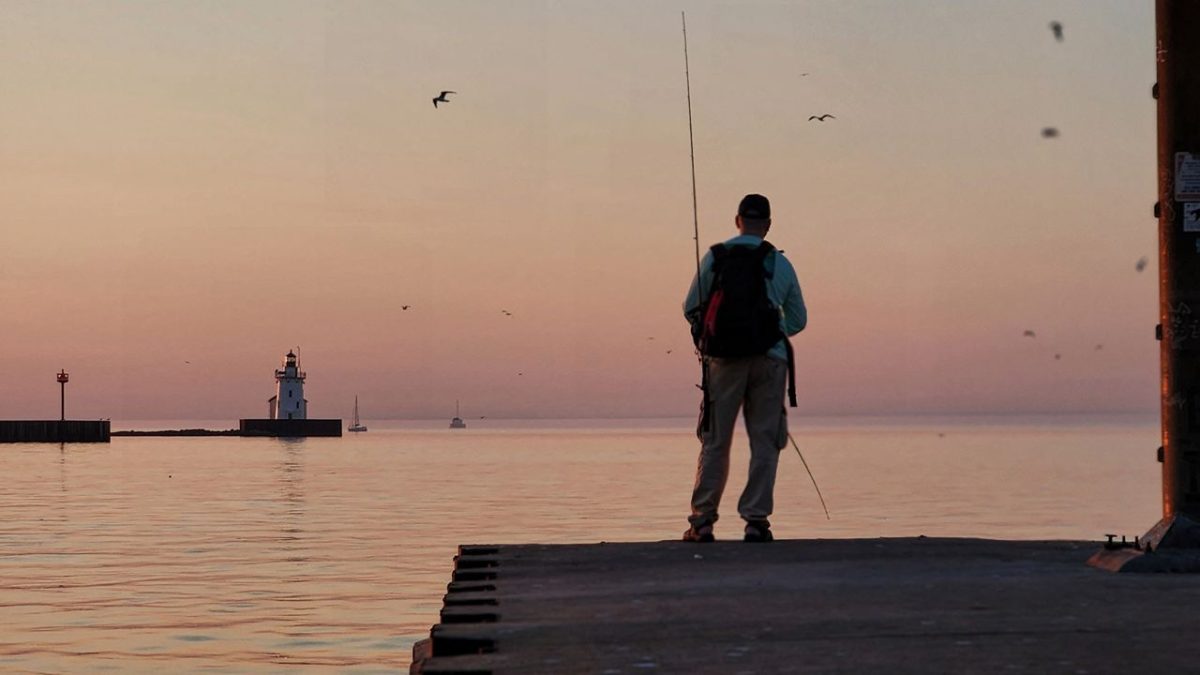Perhaps Star Wars isn’t as fictional as it seemed 40 years ago. Our progress towards alien life, or future home planets has made a major leap forward. Today, Wednesday, February 22, at 1 pm EST NASA held a press conference to release the information that they have found solar system very similar to ours. The TRAPPIST System.
The sun in the center of the solar system, nicknamed TRAPPIST-1, is part of the Aquarius constellation and is just over 1 billion years old. While our Sun is 10 times bigger, and 1000 times brighter than TRAPPIST-1, TRAPPIST-1’s low mass and power levels allows planets to orbit closer to itself. There are 7 planets found in the new solar system. Named simply the TRAPPIST System, this new system holds 7 Earth sized worlds and of them 3 could possibly support life. Because of the relatively small size of the sun TRAPPIST-1, the planets have a very tight orbit around the sun. TRAPPIST-1b, the first and closest planet to the sun, orbits TRAPPIST-1 in 1.5 Earth days. TRAPPIST-1h, the 7th planet and furthest from it’s sun, orbits TRAPPIST-1 in 20 Earth days. To put that in perspective, Neptune is the last planet from our Sun (No, Pluto still does not count) and it takes 165 Earth years to orbit our Sun. 20 days, or 60,200 days, that is the difference in the radius of the Solar System and the TRAPPIST System. The only problem is, if a ship were flying at light speed, about 670 million mph, it would take almost 40 years to reach the TRAPPIST System. That’s about 2 quintillion miles away.
Though the creatures of Star Wars are a bit far fetched for the TRAPPIST System, a single cell or micro-organism is still considered life. This could be those alien life forms we have been looking for for so long.












